#Choreograph
Explore tagged Tumblr posts
Text


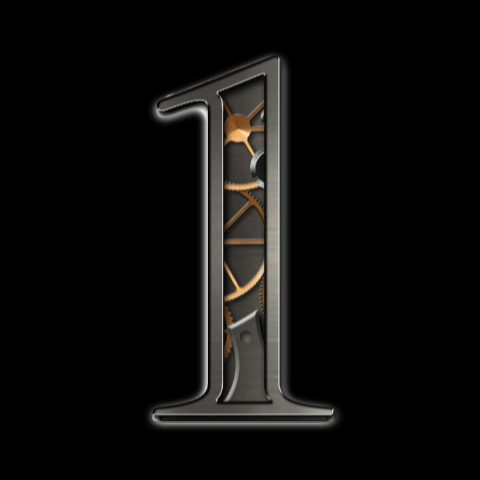
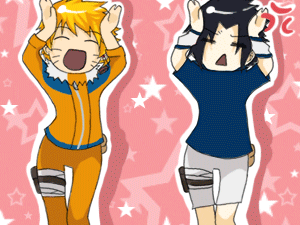


Chris Andrews SONG OF THE WEEK: “Fantasy Number One” https://timchrisandrews.bandcamp.com/track/fantasy-number-one —Dancers should be lining up to choreograph this one—a funky tale on how a few words from a woman can do a number on a man’s fantasy. Chris’s songs have been covered by Roger Daltrey, David Essex, and Davy Jones (Monkees), and on a cosmic jukebox “Fantasy Number One” would play somewhere between BTS and Bruno Mars. Dance on…
#fantasy #numberone #dance #choreograph #funky #malefantasy #jukebox #BTS #BrunoMars #chrisandrews #singersongwriter #britpop #rogerdaltrey #davidessex #davyjones #monkees
#fantasy#number one#dance#choreograph#funky#male fantasy#jukebox#BTW#Bruno Mars#Chris Andrews#singersongwriter#britpop#Roger Daltrey#David Essex#Davy Jones#Monkees#Bandcamp
4 notes
·
View notes
Text
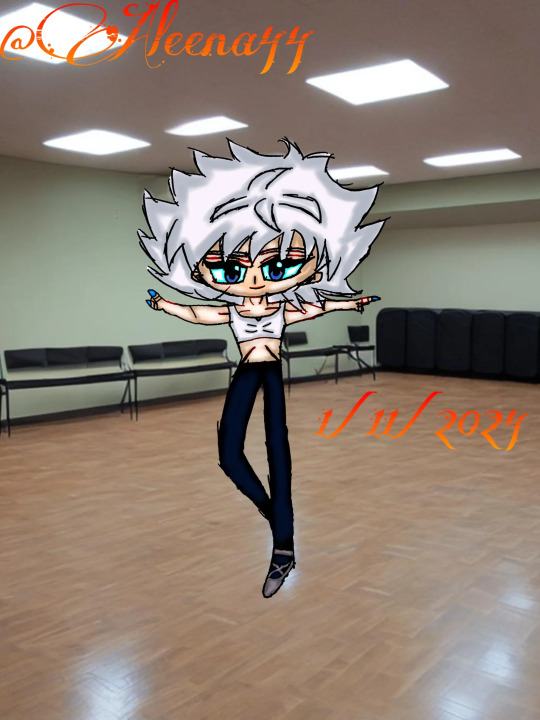
Dancing Killua
Dancing through the star, in a dance studio, Killua was there just dancing in the dance studio having a good time doing his choreo due to dancer x dancer au since I want to do the fanart, but it's only him because I only draw Killua Zoldyck for good! Like I told you, Killua was getting ready for practice in the training time for the choreo showtime unlike keeping his distance from his deadly flamenco dance, for the aura of his own dance could only be described as… murderous intent…!
Made in IbisPaintX for Digital Art maker.
Rules: DO NOT STEAL MY ART! No Rude Comments Please.
Killua Zoldyck belongs to Hunter x Hunter.
See also: Speedpaint:
#au#dancing#dancing boy#hunter x hunter#killua zoldyck#dancer x dancer#alternate universe#choreograph#fanart#hunter x hunter fanart#hunter x hunter killua#dancing outfit#dancer x dancer au#choreographic fanart
1 note
·
View note
Text
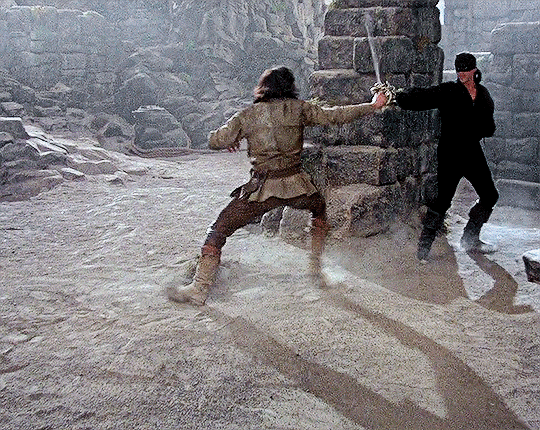

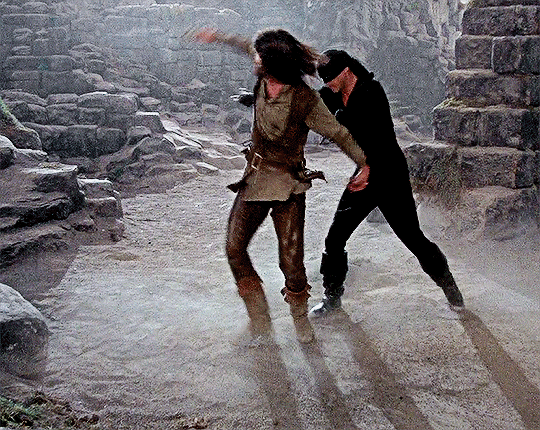
I said to the trainers, "What's the longest swordfight in film history?" and they said, "Eleven or twelve minutes." And I said, "Let's beat it." Which we did, so I'm kind of proud of that. - Cary Elwes
The Princess Bride (1987)
#the princess bride#fyeahmovies#userbbelcher#cinematv#cinemapix#filmtvcentral#userthing#smallscreensource#userrobin#usermandie#userakrivi#usergiu#underbetelgeuse#userstream#dailyflicks#80sdaily#perioddramaedit#arthurpendragonns#cinematicsource#motionpicturesource#this entire swordfight is magnificently choreographed & executed#2k
3K notes
·
View notes
Photo

0 notes
Photo

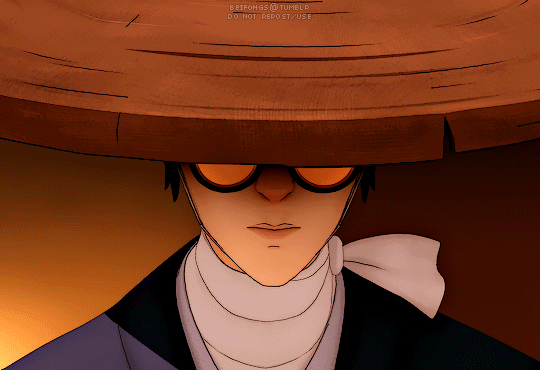
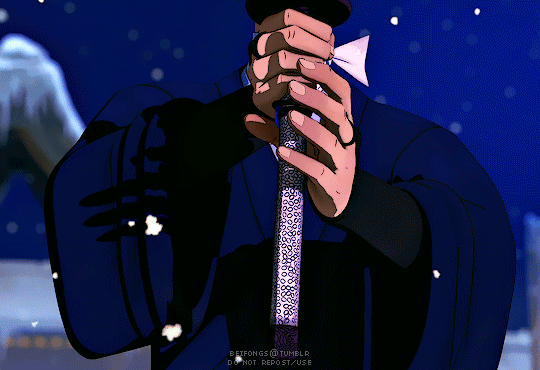


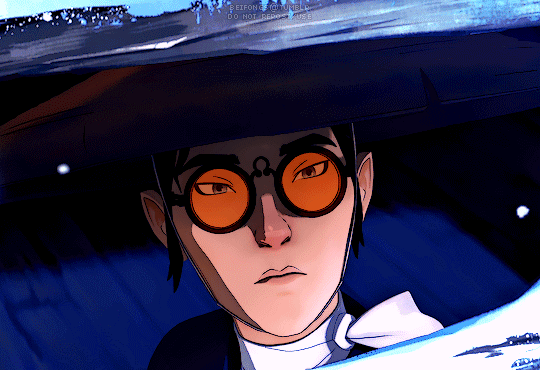
BLUE EYE SAMURAI
I never said I was a samurai, you did. I’m on the path of revenge. There’s no place on it for love or friendship or weakness.
#Blue Eye Samurai#animationedit#netflixedit#Mizu#*mine#please i'M BEGGING ALL OF YOU to watch/stream Blue Eye Samurai on Netflix if you haven't already!!!#like just imagine Mulan meets Kill Bill but it's set in Edo period Japan#jam-packed with spectacular choreographed fight scenes and insanely beautiful background landscapes#honestly this and Arcane are undoubtedly THE best animated series to have ever come out of Netflix#and this show deserves at least another season!!!#*I* NEED THE SECOND SEASON OF IT 🥺🥺#is2g Netflix don't you dare cancel this masterpiece after just one season...
5K notes
·
View notes
Text


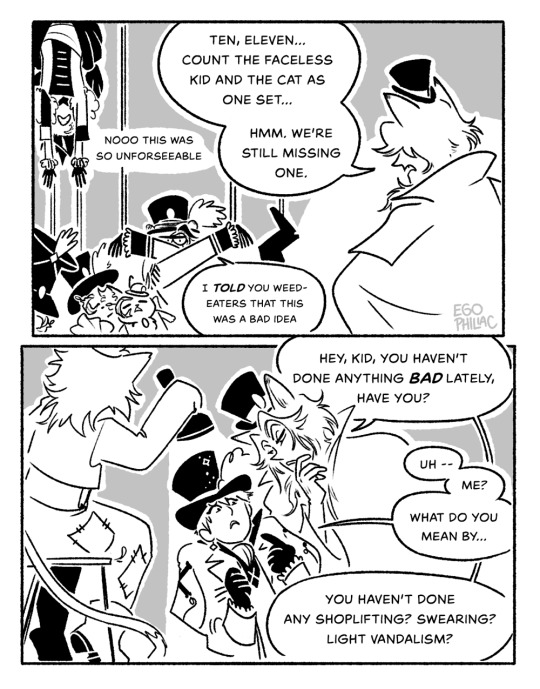
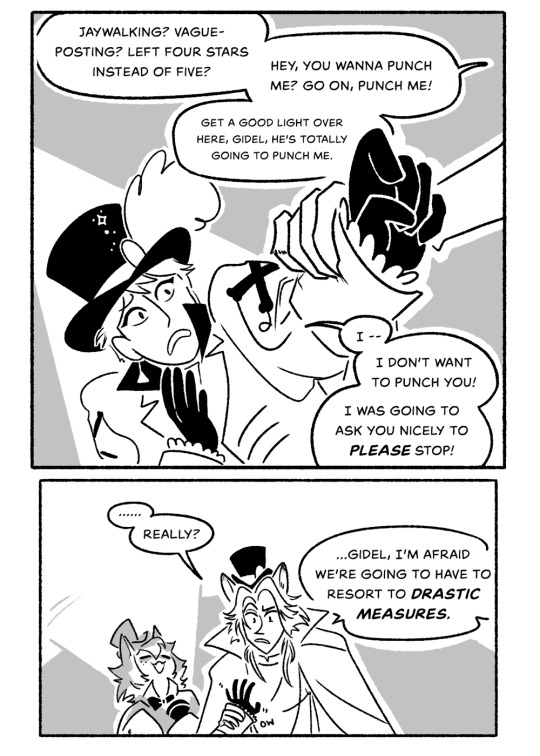
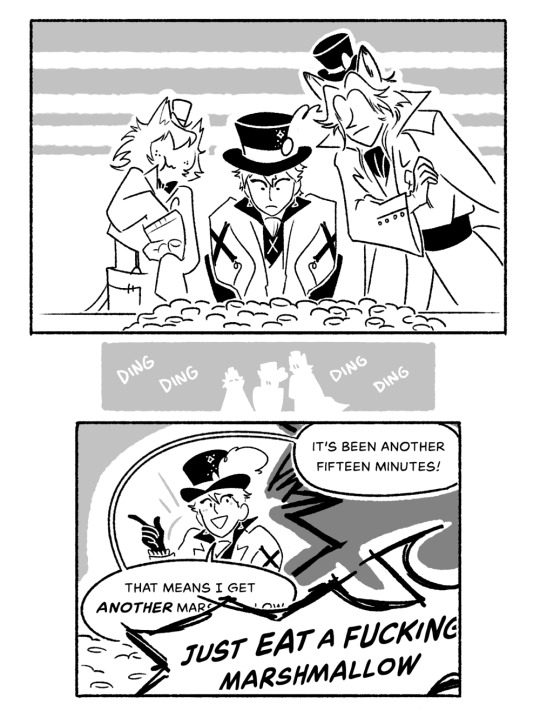
so excited for Kalim to save the day by swiper-no-swiping this dip. you can do it! I believe in you!
god I hope this reads properly
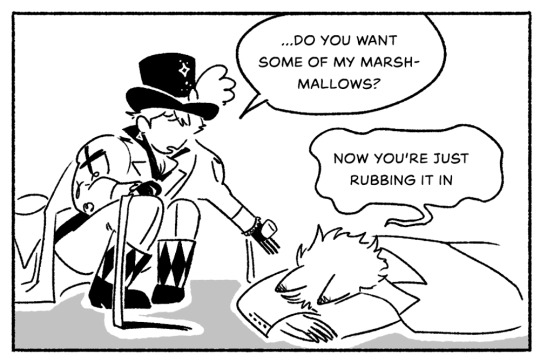
#art#twisted wonderland#twisted wonderland spoilers#stage in playful land#stage in playfulland#i feel like kalim and the marshmallow test operates under roger rabbit rules#whether he passes or fails depends on which option is funniest at the time#anyway HEY things are finally actually happening!#so glad fellow agrees with me there#did he even expect them to make it to the show. did he very quickly have to choreograph a poppy little dance number.#honestly in retrospect i am also shocked that they lasted as long as they did#i mean. floyd is there. c'mon.#speaking of which i did really enjoy floyd going BYE JADE! MAYBE I'LL COME BACK TO SAVE YOU LATER IF I FEEL LIKE IT!#revenge for the popcorn#sorry if this is nonsensical! somehow it became like 4 am while i wasn't looking#i am super digging the evil theme park shenanigans (now that they're actually happening)#it's just Very Late!
5K notes
·
View notes
Text
[China] Tries to restore the famous dance during the China Tang and Song Dynasties< Zhezhi Dance/柘枝舞>
The blogger tried to restore the dance by referring to the movements in many related reliefs and murals from the Tang Dynasty to the Five Dynasties, combined with the Tang Dynasty records of the dance.
< Zhezhi Dance/柘枝舞>
is a type of well-known "Jian dance/健舞"from the Tang and Song dynasties. The ancient "Yudiao" (羽调) has a piece titled "Zhezhi Qu" (柘枝曲), and the Shang Diao (商调) has "Qu Zhezhi" (屈柘枝), from which the dance takes its name. It originated from Talas (a region in modern-day Kazakhstan, once under the jurisdiction of the Tang Dynasty's Anxi Protectorate). Initially, it was a solo dance performed by women. The most popular form during the Tang Dynasty was the "Double Zhezhi Dance/《双柘枝舞》," performed by two young girls wearing red and purple silk robes, with Hu-style(胡人/Foreigner style) hats adorned with golden bells. They would dance in time with the beat of the Hu drums, their slender waists swaying in harmony with the ringing of the bells and the dance movements, creating a pleasant sound as they turned.
Zhang Xiaobiao/章孝标's poem 《Zhezhi /柘枝》includes the line "Zhezhi first appears, the drumbeat calls," and Bai Juyi/白居易's poem 《Zhezhi Ji/柘枝妓》 has the line "Three drumbeats strike, urging the painting drum." The dance features rich variations in movement, being both vigorous and lively, as well as graceful and charming. The sleeves of the dancer's costume alternately droop and lift, as described in the poem with phrases like "lifting sleeves amidst the busy drum" and "long sleeves sweeping into the embroidered train." The rapid and intricate footwork causes the golden bells worn by the dancer to produce a clear, crisp sound. Spectators are amazed by the dance's lightness and flexibility. As the dance nears its end, there is a deep bending motion of the waist.
-------- Annotation >Yudiao(羽调) & Shang Diao (商调)<
The Chinese pentatonic scale, or pentatonic mode, is a scale system commonly used in Chinese music. Ancient China named these five notes Gong, Shang, Jiao, Zheng, and Yu(宫、商、角jué、徵zhǐ、羽) in sequence, which is roughly equivalent to the singing notes in Western music notation. Noun (do), (re), (mi), (sol), (la).
--------
In the Song Dynasty, it evolved into a group dance, and the official music included "Zhezhi Troupe" (柘枝队). There were many variations of the dance in the past, though most of the original songs were lost by the Song period. Despite this, the dance still flourished. Since the Yuan Dynasty, the dance itself disappeared, and the name "Zhezhi Ling" (柘枝令) only survives in the lyrics and music.
Along with the Hu Xuan Dance (胡旋舞) and Hu Teng Dance (胡腾舞), Zhezhi Dance was one of the three major Western Region dance styles that were immensely popular during the Tang Dynasty, often performed to welcome foreign envoys gathering in Chang'an China.
【Historical Artifact Reference】:
China Five Dynasties and Ten Kingdoms Period Brick Carving Relics from Tomb Of Feng Hui 冯晖墓

< "Jian dance/健舞 & Ruan Wu/软舞>
Jianwu (健舞) is one of the categories of court music and dance in the Tang Dynasty, specifically referring to a type of martial dance. It signifies a dance style characterized by vigorous, forceful movements and a lively rhythm, in contrast to the "soft dance" (软舞).
The Tang people categorized the various small-scale entertainment dances and musical performances popular in the palace, noble households, and among the general populace based on their stylistic characteristics into "soft dance" and "martial dance" (jianwu). Originally folk dances and Hu music, these were later reorganized and adapted by the court's music and dance troupes, often performed at feasts. The music for these dances typically used elaborate wind instruments and fast string instruments. According to the "Fangfang Ji" (放坊记) and "Yuefu Zalu" (乐府杂录), soft dances included pieces like "A Liao" (阿辽), "Jianqi" (剑器), "Zhezhi" (柘枝), "Hu Xuan" (胡旋), "Hu Teng" (胡腾), "Huang Zhuang" (黄獐), "Da Weizhou" (大渭州), "Fu Lin" (拂菻), "Damo Zhi" (达摩支), and "Ling Da" (棱大).
Ruan Wu(soft dance)/软舞
Ruanwu (软舞) specifically referring to a type of graceful and elegant dance. It signifies a dance style characterized by graceful, delicate, and flowing movements, in contrast to "martial dance" (健舞).
The Tang people categorized the various small-scale entertainment dances and musical performances popular in the palace, noble households, and among the general populace based on their stylistic characteristics into "soft dance" and "martial dance" (jianwu). These dances, originally folk dances, were adapted by the court's music and dance troupes and were often performed at feasts. The movements of soft dance were light, graceful, and elegant, resembling either a startled swan or a flying swallow. According to the "Yuefu Zalu" (乐府杂录), the main soft dances included "Liangzhou" (凉州), "Lüyao" (绿腰), "Suhexiang" (苏合香), "Qu Zhezhi" (屈柘), "Tuan Yuan Xuan" (团圆璇), "Ganzhou" (甘州), "Chui Shou Luo" (垂手罗), "Hui Bo Yue" (回波乐), "Lanling Wang" (兰陵王), "Chun Ying Zhuan" (春莺啭), "Ban She Qu" (半社渠), "Jie Xi" (借席), and "Wu Ye Ti" (乌夜啼).
Next time I will make a post to share to the Tang Dynasty "soft dance/软舞" restored by Choreographer:@李诗荟
------
youtube
"Taiping Yue": Ji《太平乐》· 急 (Great Peace Music: Quick), an instrumental movement in the Dashi mode (Chinese: Dashi diao, 大食调, equivalent to the Mixolydian mode on E), dating back to China's Tang Dynasty, as reconstructed by Bilibili user "männlichkeit," c. January 24, 2020. As the final movement of the suite "Taiping Yue," this piece is known by the title "Hehuan Yan" (合欢盐, Happy Together Song). According to musicologist Steven G. Nelson, this suite probably had its origins as a military dance, perhaps of the pozhen yue (破阵乐, literally "destroying the formations") type, in Tang China, which was transmitted to the Japanese court by the early 8th century, then arranged into a suite in the Japanese court of the mid-9th century.
In the context of the piece's title, the term "yan" (塩), which usually means "salt" in Chinese, refers to a particular type of poetic song popular during the Tang period (a synonym for "qu" 曲, meaning "piece"); "yïr" or "yır" means "song" in Turkic languages.
This reconstruction is based primarily on the version of this piece as found in "Sango Yōroku"『三五要録』, the most important and extensive collection of Tang-era scores for 4-string pipa; this collection was compiled by the Japanese nobleman Fujiwara no Moronaga (藤原師長, 1138-1192) shortly after 1177 (c. 1180), during the late Heian period (794-1185).
In Japan's tradition of Tōgaku (唐楽, court music of Chinese origin), this dance suite movement is called "Taiheiraku": Kyū《太平楽》· 急 (たいへいらく:きゅう), with the movement title being pronounced "Gakka-en"《合歡塩》(がっかえん). Its mode is called Taishiki-chō (大食調) in Japanese.
__________________
🧚🏻♀️Dancer & Choreographer:@李诗荟
👗Hanfu:@君子山岚
Venue Provider:@包意凡
Lighting Design:@大彤寶殿的彤寶
Music :@männlichkeit(BiliBili)/@dbadagna(Youtube)
🔗Full Video on Xiaohongshu App:https://www.xiaohongshu.com/explore/674995190000000008005fc6?
__________________
#chinese hanfu#ancient dance#dance history#Tang Dynasty#Jian dance/健舞#Zhezhi Dance/柘枝舞#李诗荟#china#chinese#Dance#Choreographer#five dynasties and ten kingdoms period#Youtube
435 notes
·
View notes
Text
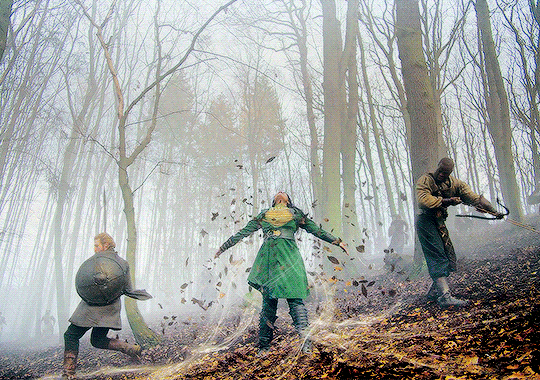


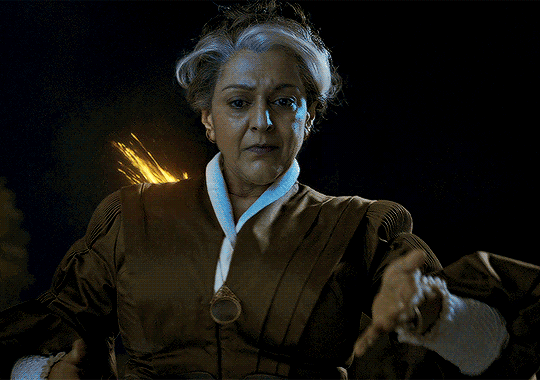
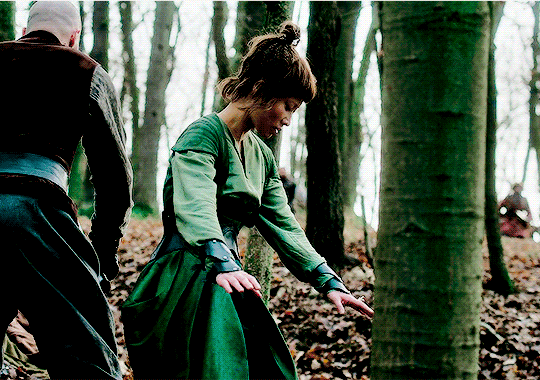
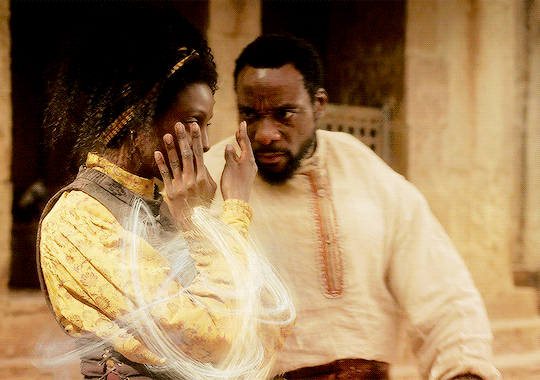
Aes Sedai + Warders in battle
#wotedit#wheel of time#the wheel of time#wot spoilers#wotcentral#fantasyedit#*#there's nothing sexier to me than a well choreographed fight scene. ESPECIALLY if it involves magical soulmates#i love how different their fighting styles are as well#from lan quite literally warding off enemies while moiraine channels to verin keeping her distance and supporting tomas#to ryma's and basan's dance-like fight
3K notes
·
View notes
Text
Just some more Dune Part 2 things that I thought were interesting with a specific focus on Feyd-Rautha:
- just… the way that he’s so very accurately portrayed as a psychopath adds a level of grit I didn’t get reading when the book
- the scenes with him and Lady Fenring got me good. The book mentions that he finds her attractive, definitely echoed in the movie. There weren’t explicitly written scenes in the book of how Lady Fenring slept with him (but this was confirmed through dialogue), so I liked the movie’s interpretation of her luring him using her Bene Gesserit abilities
- I would have liked to see Feyd-Rautha tested by the Gom Jabbar the same way Paul was. In the book (and I think part 1 of the movie?) it’s specified that Paul has endured the most amount of pain anyone can handle from the test, but given that movie Feyd-Rautha seems canonically a sadist + masochist, I wonder how long he would have lasted?
- overall the vibe and aesthetic of the Harkonnen’s was terrifying and great. The black and white visuals, dimly lit rooms, flashing lights… There are a lot of different villains in Dune, especially in Part 2 — The Emperor, Jessica — but the most clear-cut ones by far are the Harkonnens. I think the visuals definitely amplify that. I find it rather interesting that the Harkonnens are portrayed to be evil as an entire house. The fact that they all had bald heads gave them a mass identity, served to make them seem more alien and less human, all capable of committing heinous crimes. Even Feyd-Raytha’s servants or whoever eat human organs
- I think it was an interesting choice to have Feyd-Rautha actually stab Paul during their final fight. We have a character who people think is the messiah. And then we see the blade actually hurt Paul, penetrate his skin, we see Paul gasping for breath, we see Paul struggling for survival. I believe the book made the fight seem more cut-and-dry, that Feyd was a formidable opponent but he didn’t actually stab Paul (though he does draw blood). So I sorta felt the fight was a good contrast between showing Paul as still human while he maintains this cult status. I could see how his ability to survive this fight, despite his injuries, also elevate his messiah status among the Fremen
#I was on the edge of my seat the entire time Feyd-Rautha was on screen#he was terrifying#but also really cool#also that final fight scene was insane and choreographed so well#feyd rautha#feyd rautha harkonnen#paul atreides#dune#dune part 2#dune part two#house harkonnen#lady fenring#margot fenring#dune spoilers
1K notes
·
View notes
Text

— Pina Bausch, performance still from “Blaubart” (𝟣𝟫𝟩𝟩)
#pina bausch#choreography#modern dance#choreographer#neo expressionism#dance#female artists#performance#contemporary dance#neo noir#contemporary art#artwork#expressionism#noir et blanc#b&w photography#dancing#artful photography#dark art#photography#art#dark#dark romanticism#goth#southern gothic#dark academia#artists on tumblr#ethel cain#gothcore#dark aesthetic#darkness
781 notes
·
View notes
Text


yeonjun and his sanrio hairpin against the world
#yeonjun#choi yeonjun#tomorrow x together#txt#gifs#creations#ggum: making film#useryeonbins#skyehi#rosieblr#megtag#hibiebear#ultkpopnetwork#kpopco#love me some yeonjun x cinamonroll !#their choreographer wrote on her ig he 'stole' it from her lmao xd
438 notes
·
View notes
Text




#sabrina carpenter#she put his ass to workkkk i'm crying#she said I'LL stand here and look pretty YOU get a choreographed fight scene - since ur an actor n shit!#sabrinacarpenteredit#celebedit#g*#barry keoghan
544 notes
·
View notes
Text
yaoimas
#fanart#undertale yellow#dalv#starlo#uty#dalv uty#corn yaoi#dalv x starlo#starlo uty#animatic#i choreographed this a bit#theyre so cute u hate them sm#look how tender they look at each ither bleugh#dance#animation
181 notes
·
View notes
Text
Those three really are having their very own magical girl moment, eh.
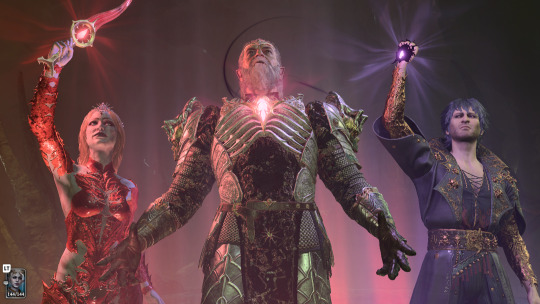
#you can not tell me this wasn't choreographed#and gortash 100% messed up the choreo by lifting the wrong arm#i mean#I'm sorry chap but bloody hell#you're ruining the composition#for shame g#for shame#baldur's gate 3#baldurs gate 3#baldur's gate#baldurs gate#bg3#bg3 orin#orin the red#bg3 gortash#lord enver gortash#bg3 ketheric#general ketheric thorm
1K notes
·
View notes
Text


he likes to be tall
6.08 || 6.18
#his face makes me laugh so hard#the choreographers really said make that boy FLY#it’s a bird it’s a plane it’s liam dunbar soaring through the air#teen wolf#liam dunbar
166 notes
·
View notes
Text




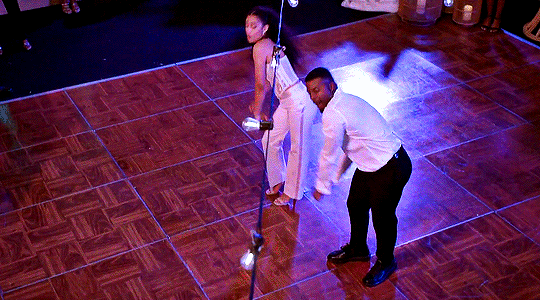







♪ Ayy, where the party at? Girls is on the way, where the Bacardi at? Bottles and models, talkin' all of that You know I can't forget about my thugs Where the party at? And all my girls Where the party at? Off in the club Where the party at? If the party's where you're at, let me hear you say ♪
OLIVIA JAMES & SPENCER JAMES ALL AMERICAN | 6.15 "I Do (Part II)"
#allamericanedit#aadaily#filmtvcentral#pocfiction#tvandfilm#userotp#tusercarolina#tusercj#userelsbeth#userlolo#usermorgan#uservanessa#useryusi#olivia baker#spencer james#spelivia#all american#daniel ezra#samantha logan#~#flashing tw#inspiration: romantic.#dynamic: fm.#their first dance being choreographed and so epic#SO ICONIC OF THEM
254 notes
·
View notes